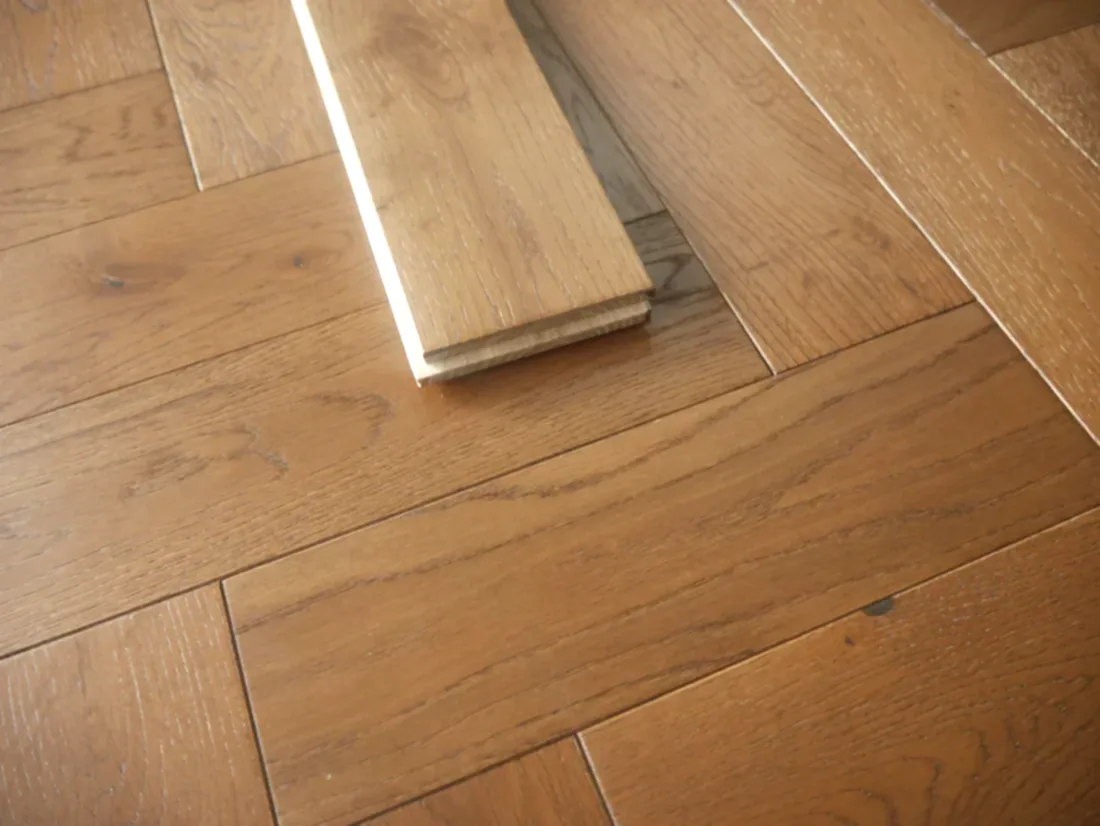
Author, Written by: Bledy (Installation Expert and Technical Writer)
Hardwood flooring is one of the most timeless and durable options for homes. It adds warmth, elegance, and value to your property, but over time, even the best floors can start to show signs of wear. When that happens, homeowners often face a key question: should you refinish or replace your hardwood flooring? Understanding the differences and knowing when to choose each option can save you time, money, and effort while preserving your home’s beauty.
What Does Refinishing Mean?
Refinishing involves sanding down the surface of your existing hardwood floors to remove scratches, stains, and imperfections, followed by applying a new stain or finish. This process restores the wood’s natural appearance and provides a fresh protective layer.
Benefits of Refinishing
Cost Effective: Refinishing is much cheaper than replacing the entire floor.
Restores Original Beauty: It brings back the natural colour and shine of your wood.
Customisable: You can change the stain colour or finish to match a new interior style.
Eco Friendly: Keeps your existing materials, reducing waste.
When to Refinish
You should refinish your hardwood floors when:
The surface is dull or scratched but the boards are still structurally sound.
The finish has worn off, leaving the wood vulnerable to moisture.
You want to change the colour of your flooring.
There are no deep cracks, warping, or significant gaps between boards.
In most cases, solid hardwood floors can be sanded and refinished several times over their lifespan, depending on the thickness of the planks.
When Replacement Is the Better Option
Replacing your hardwood flooring becomes necessary when the damage goes beyond surface level wear. This process involves removing the existing boards and installing new flooring entirely.
Signs It’s Time to Replace
Severe Water Damage: Warped or cupped boards are often beyond repair.
Structural Problems: Sagging, shifting, or uneven floors indicate deeper issues.
Excessive Wear: If the floor has already been refinished multiple times, the wood may be too thin for another round.
Termite or Rot Damage: Compromised wood should always be replaced for safety and durability.
Desire for a New Material: Sometimes replacement is a stylistic choice when you want to switch from one species or finish to another.
Benefits of Replacement
Fresh Start: Allows for a completely new look and layout.
Long Term Durability: New floors can last decades when properly maintained.
Improved Subflooring: Replacing the boards gives you a chance to address subfloor issues or upgrade insulation and underlay.
Cost Considerations
Refinishing hardwood typically costs less than replacement. On average, refinishing ranges from £20 to £35 per square metre, while replacing can cost £60 or more per square metre depending on materials and labour. However, replacement may be more economical in the long run if the existing floor has extensive damage or structural problems.
Maintenance Tips to Extend Lifespan
Use rugs and mats in high traffic areas to reduce wear.
Wipe up spills immediately to prevent water damage.
Sweep or vacuum regularly to avoid scratches.
Recoat the finish every few years to maintain protection.
Thoughtful Takeaway
Deciding whether to refinish or replace your hardwood flooring comes down to the condition of the existing wood and your long term goals. If your floors are generally sound with minor surface wear, refinishing will bring them back to life beautifully. But if the boards are damaged, uneven, or too thin to sand again, replacement is the smarter investment. With the right choice, you can ensure your home’s floors remain a lasting feature of warmth and character.
About Author:
Bledy is a flooring installation expert with over 15 years of experience. He writes easy to follow guides and tips to help homeowners and professionals with flooring projects.
